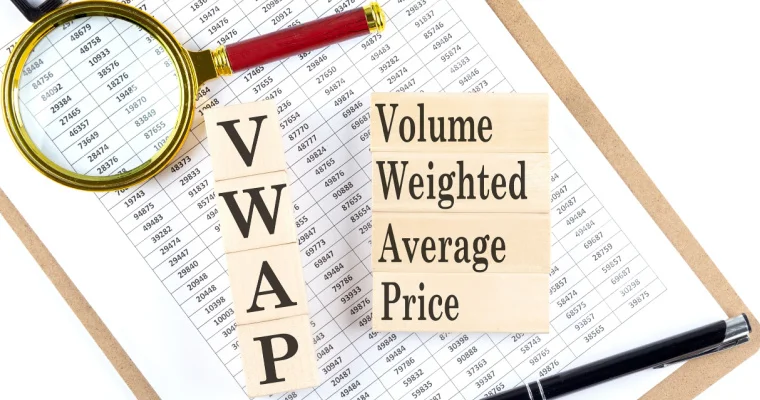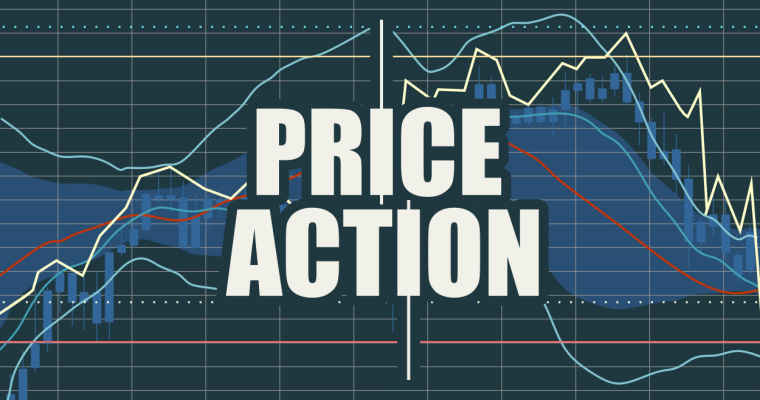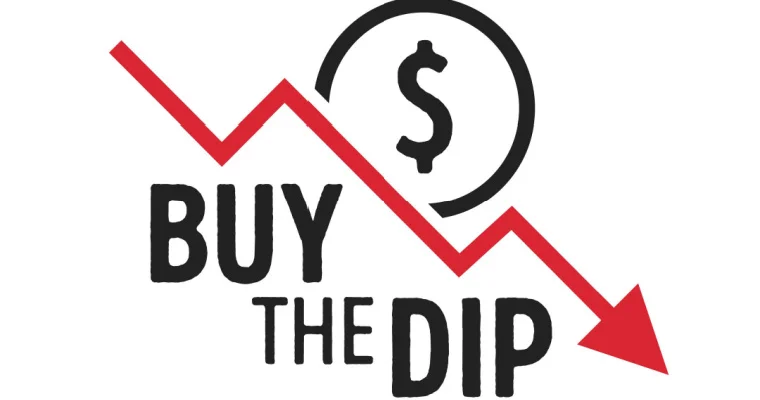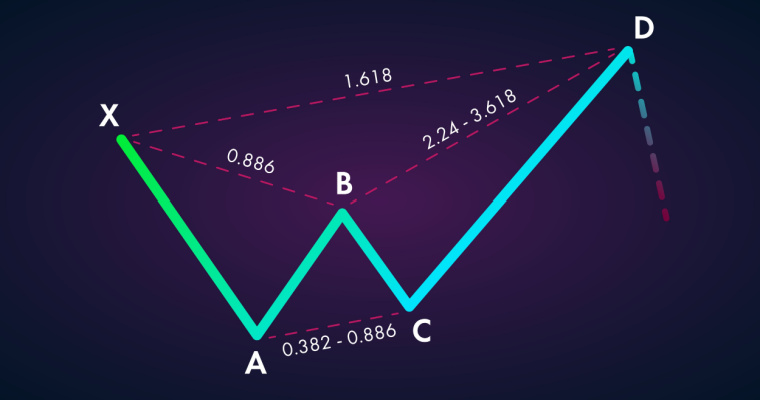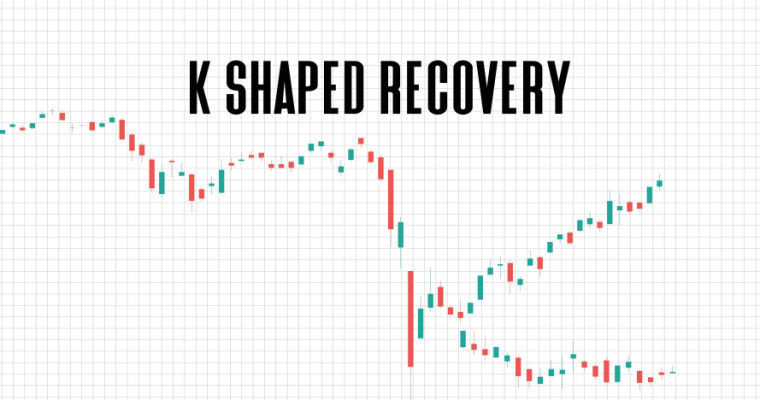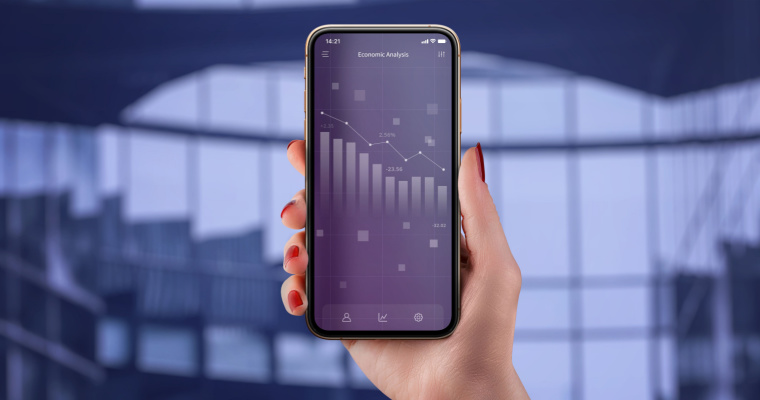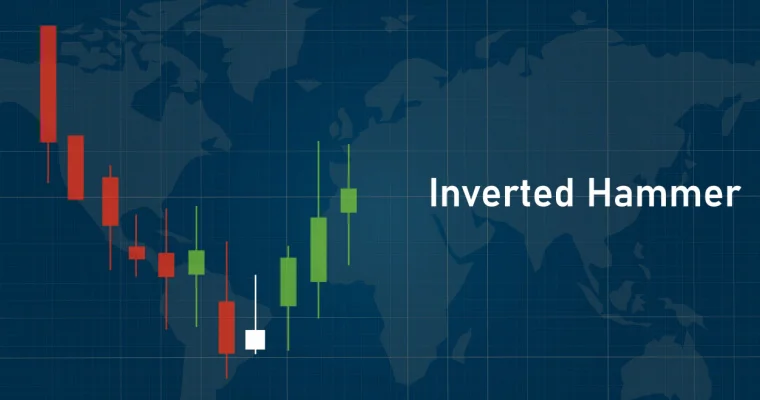What is the Black Scholes Model – Formula, Calculation and Assumptions

Among the important concepts in modern financial theory, the Black Scholes model, developed in 1973, is one of the most prominent. It is also called BSM or the Black-Scholes-Merton model and is a mathematical equation that is used to determine the fair price of an options contract.
This article discusses the Black-Scholes equation, its assumptions, its calculation, and more. Let’s dive in.
What is the Black Scholes Model?
The Black Scholes Merton model is a mathematical simulation of the dynamics of a financial market that contains instruments like futures, options, swaps, and forwards. The fair price of financial instruments is determined using this model. It is also called the Black Scholes option pricing model and it indicates that every option has a unique price irrespective of the risk associated with the underlying security and returns expected from it.
Why is the Black Scholes Model Important?
Many finance experts believe that the Black Scholes Model has helped to make options and stock markets more efficient. Although it has been designed only for European options, the model still offers a fair understanding of the impact of changes in the prices of underlying stocks on the price of the option and options trading strategies. Investors can use the model to optimise their investment portfolio and manage risk.
The Black Scholes Model Formula
The Black Scholes formula estimates the value of a call option by multiplying the current stock prices by a probability factor (D1) and then subtracting from it the product of discounted exercise payment time and a second probability factor (D2).
D1 is the cumulative standard normal probability distribution function. However, D1 and D2 are hard to explain due to the absence of adequate explanations in original and subsequent research papers about the Black Scholes model. D2 is defined as the risk-adjusted probability of exercising an option. D1 is the difference between the present value of the contingent receipt of stock and the current stock price.
Below is the mathematical notation of the Black Scholes Formula:
C= SN(D1) – Ke-rtN(D2)
Here,
- d1=lnStK+r+22tt
- d2 = d1 – t
- C= call option price
- S= current stock price or price of the underlying security
- K= strike price
- r = risk-free interest rate
- t = time to maturity
- N= normal distribution
Black Scholes Model Calculation
You can use a BSM calculator to figure out the value of price of an options contract. While estimating the values of the call and put option using the Black Scholes calculator, investors must input six main variables. These are stock price, strike price, option term, dividend yield, volatility, and risk-free interest rate. The Black Scholes option calculator will thus give the call option price.
Examples of the Black Scholes Model
The first step is to find the 5 main values required by the Black Scholes formula. They are mentioned below:
- Current stock price (S)
- The exercise price of the call option (C)
- Time to maturity (t)
- Risk-free interest rate
- Stock volatility based on the standard deviation of historical log returns
The following example illustrates the price calculation of a European call option:
- Time to maturity = 6 months
- Exercise price = $50
- Trading price of the stock = $52
- Cost of the call option = $4.5
- Annual risk-free rate = 5%
- Standard deviation of stock returns =12% annually
To determine whether it is a good idea to buy the option, the value of the call option must be derived using the Black Scholes option pricing model. This will be compared with the current option price to assess if it is fairly priced.
First, the values of d1 and d2 need to be calculated:
d1=ln 6050+5%+12%22*0.5 12%2*0.5=0.7993
d2=ln 6050+5%-12%22*0.5 12%2*0.5=0.7144
The next step is to calculate the standardised normal distribution probability. The NORMSDIST function in Microsoft Excel will be used for this.
N(d1) = 0.7879
N(d2) = 0.7625
Using these values in the Black Scholes Formula, C= $3.788
The model has estimated an option value lower than the premium on currently traded call options. The possible reasons behind this can be an overvalued option or a low estimate of volatility.
The Assumptions Behind the Black-Scholes model
The Black-Scholes model is based on multiple assumptions. They are mentioned below:
1. Infinite Volatility
The volatility of a stock measures the price change over time. The Black Scholes model assumes that volatility will remain the same over time. However, volatility can never be constant over a long time. The stochastic- process generated estimates are used in place of Black Scholes constant volatility in advanced option valuation models.
2. No Dividends
The Black Scholes model also assumes that the underlying stocks do not pay any dividends to the investors during the life of an option. However, in reality, investors can earn dividends from their holdings. Thus, adjustments were later made to the initial Black Scholes model to include dividends. The basic model is commonly adjusted for dividends by subtracting the discounted value of the expected dividend from the current stock price.
3. Constant and Predictable Interest Rates
Similar to volatility, the Black-Scholes model also assumes the interest rates to be constant. The risk-free rate represents this rate in the model and is constant. In reality, a risk-free return rate doesn’t exist. Thus, due to its credibility, the 30-day rate of U.S Government Treasury bills is often used for calculation. However, when volatility increases, the treasury rates also change.
4. Efficient Markets
According to this assumption of the Black Scholes model, the probability of an increase or decrease in the price of the underlying stock is the same at any given time. This means that it is not possible to consistently predict market movement.
5. Lognormal Returns
The model also assumes that the stock prices are lognormally distributed. The basis of this assumption is the principle that asset prices are bounded by zero and cannot be negative.
6. Zero Transaction Costs and Commissions
The model is also based on the assumption that there are no buying and selling fees or trading barriers on options and stocks.
7. Perfect Liquidity
Another assumption behind the Black Scholes model is that any number of options and stocks can be bought or sold at any time.
What is the Black-Scholes Model Used For?
The Black Scholes Model is used to determine the present value of a call option, the final value of which depends on the stock price at the maturity date. Since the stock prices are variable, the call option’s value keeps changing too. Investors who wish to trade the option contract must have a way to estimate the expected values involved in the call option. This will help to find the value that they can get by buying the option and what they will have to pay if they exercise it.
Limitations of the Black Scholes Model
While the Black Scholes option pricing model is widely used, it has some limitations too. Below are the limitations of the model:
1. Works only for European Options
The model works accurately to determine the prices of European options but is not an accurate measure of the stock options in the U.S (American options). This is because it is based on the assumption that options can be exercised only on the maturity date.
2. Risk-free Interest rates are not a Reality
While risk-free interest rates are an assumption behind the BSM model, they do not exist in the real world.
3. Ignores Transaction Costs
Brokerage fees, commissions, and other costs mostly accompany trades. The Black Scholes model ignores these costs and assumes that there is no friction in the market. This is far from reality. Ignoring these costs may lead to inaccurate valuations.
4. Assumption of No Returns
The model assumes that there are no dividends or interest earnings from stock options. However, the trading market relies primarily on returns.
Final Word
The Black Scholes model is an important mathematical formula that forms an integral part of modern financial history. It is among the most accurate ways to compute the fair value of a European call option. While it has some limitations and the calculations are complex, options traders can still benefit from it, provided they understand the model in detail.
FAQs
Ans: The Black Scholes Merton model is used to compute the fair prices of options. It makes some assumptions and computes the price of European-style call options using known variables such as strike price, time till expiration, and current price.
Ans: The model first multiplies the net present value of the strike price with cumulative standard normal distribution. It then multiplies the cumulative standard normal probability distribution with the stock price and subtracts the result of the previous step from this product.
Ans: The Black Scholes equation uses the risk-free interest rate, the current price of the underlying security, volatility, the option’s strike price, and time until maturity as inputs for calculation.
Ans: Implied volatility is used in the Black Scholes model. This kind of volatility is used to estimate future variability of the underlying assets that the contracts depict.
Ans: No, this model employs various metrics and figures and hence may not be considered an accurate representation of real situations.

Customer’s Feedback
No comments found.Illiquid Stocks Guide: Definition, Examples, and its Working
Illiquid stocks are part of a long-term investment strategy that is appropriate for investors who a... Read More »What is Shooting Star Candlestick Pattern in Trading?
The shooting star candlestick pattern is considered to be a bearish reversal candlestick ... Read More »What is VWAP Indicator and How to Use it for Trading
The VWAP indicator shows the volume-weighted average market price of a particular stock. You can us... Read More »What is Price Action Trading: Its Strategy, Stop Loss and Profit Targets
Price action trading is a methodology in which the trader solely relies on analysing a security’s... Read More »What is Buy the Dip Strategy in Trading – Working and Example
‘Buy the dip’ is one of the most common phrases in the stock market. It is sort of a go-t... Read More »What is Iron Condor and What are its Strategies?
Iron Condor is an options trading strategy that involves four options with the same expiration date... Read More »What is Harmonic Pattern and How Does it Help in Trading?
Harmonic patterns are one of the most efficient and effective trading patterns. Although they are m... Read More »What is a Contract Note and Why is it Important?
Contract note is a legal document containing the details of every stockbroker's trade on a stock ex... Read More »What is K-shaped Recovery: Indication, Example and
Economies go through multiple phases in business cycles. One such phase is a recession which is mar... Read More »Guide to Book Building – Its Types, Benefits and Process
Initial public offerings (IPOs) are priced as specified by their underwriters. The process by which... Read More »Support and Resistance in Trading: Working, Strategies, Uses and Example
Support and resistance are two of the most significant and practical concepts in technical analysis... Read More »What is the Inverted Hammer Pattern and How to Identify It?
The inverted hammer is one of the most popular candlestick patterns and is considered essential for... Read More »Top 10 Chit Fund Schemes in India in 2023
Chit funds are one of the most popular return-generating saving schemes in India. It is a financial... Read More »10 Best Gold ETFs in India to Invest in April 2023
Gold ETFs or Gold Exchange Traded Funds are passively managed funds that track the price of physica... Read More »10 Best Demat Accounts in India for Beginners in 2023
Creation of Demat accounts revolutionised the way trades were conducted at the stock exchanges. It... Read More »20 Best Index Funds to Invest in India in April 2023
What is an Index Fund? An index fund is a type of mutual fund or exchange-traded fund (ETF) that... Read More »Best Arbitrage Mutual Funds to Invest in India in April 2023
Arbitrage funds are hybrid mutual fund schemes that aim to make low-risk profits by buying and sell... Read More »10 Best SIP Plans in India to Invest in April 2023
What is SIP? SIP or Systematic Investment Plan is a method of investing a fixed amount in ... Read More »10 Best Corporate Bond Funds in India to Invest in April 2023
Corporate bond funds are debt funds that invest at least 80% of the investment corpus in companies ... Read More »10 Best Bank for Savings Account in India [Highest Interest Rate 2023]
Savings account is a type of financial instrument offered by several banks. It lets you safely depo... Read More »


